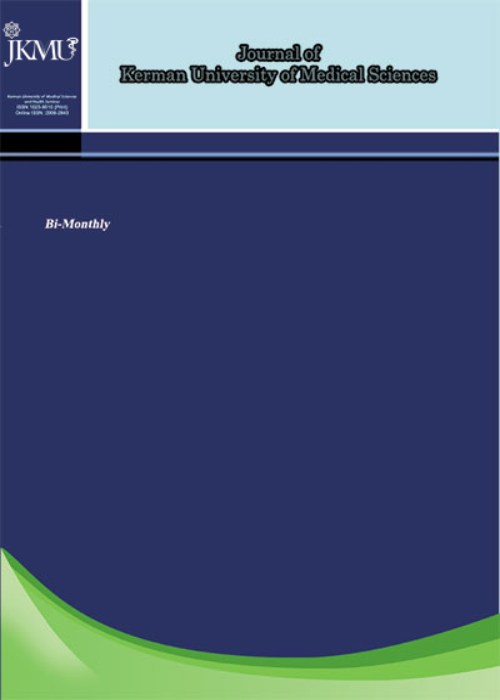Neuroprotective Effect of Oral Administration of Creatine against 6-Hydroxydopamine Toxicity in Experimental Model of Parkinson's Disease
With regard to the neuroprotective effect of creatine in some neurological disorders like cerebral ischemia, this study was conducted to evaluate the effect of creatine in an experimental model of Parkinson’s disease (PD). Involvement of oxidative stress was also assessed.
In this experimental study, male rats (n = 40) were divided into 5 groups, i.e. sham-operated (SH), high dose creatine-treated sham-operated (Cr+SH), lesioned (L), and low- and high-dose creatine-treated lesioned (Cr100+L and Cr200+L) groups. The hemi-PD early model was induced by unilateral intrastriatal injection of 6-hydroxydopamine (6-OHDA, 12.5 µg/5 µl of saline-ascorbate; left side). The Cr+SH and Cr+L groups were pretreated by creatine at doses of 100 and/or 200 mg/kg per day before surgery two times at an interval of 24 hours. Finally, the animals were tested for rotational behavior by apomorphine and the number of dopaminergic neurons in the substantia nigra pars compacta (SNC) was counted. Level of malondialdehyde (MDA), as a marker of oxidative stress, was also evaluated in midbrain homogenate.
Apomorphine caused a significant contralateral turning (P < 0.001) in 6-OHDA-lesioned group and a reduction in the number of neurons on the left side of the SNC in the L group was observed in comparison with SH group (P < 0.010) 2 weeks after surgery. Creatine pretreatment caused dose-dependent decrease the rotational behavior in lesioned rats (P < 0.050 and P < 0.010), and at a dose of 200 mg/kg significantly attenuated the reduction in the number of SNC neurons (P < 0.050). Creatine treatment of lesion groups also lowered MDA level at both doses (P < 0.050).
Oral creatine pretreatment exhibits neuroprotective effects against 6-OHDA toxicity in an experimental model of PD, as was shown by a lower rotational behavior and attenuation of neuronal loss. Its effect is partly due to the attenuation of oxidative stress.
- حق عضویت دریافتی صرف حمایت از نشریات عضو و نگهداری، تکمیل و توسعه مگیران میشود.
- پرداخت حق اشتراک و دانلود مقالات اجازه بازنشر آن در سایر رسانههای چاپی و دیجیتال را به کاربر نمیدهد.


